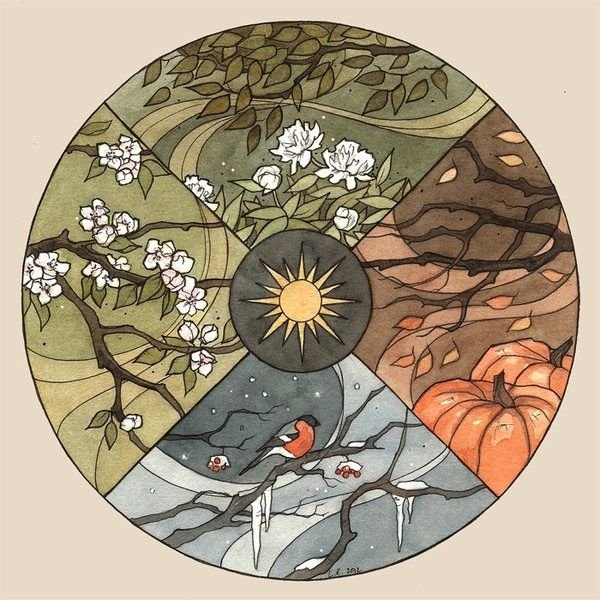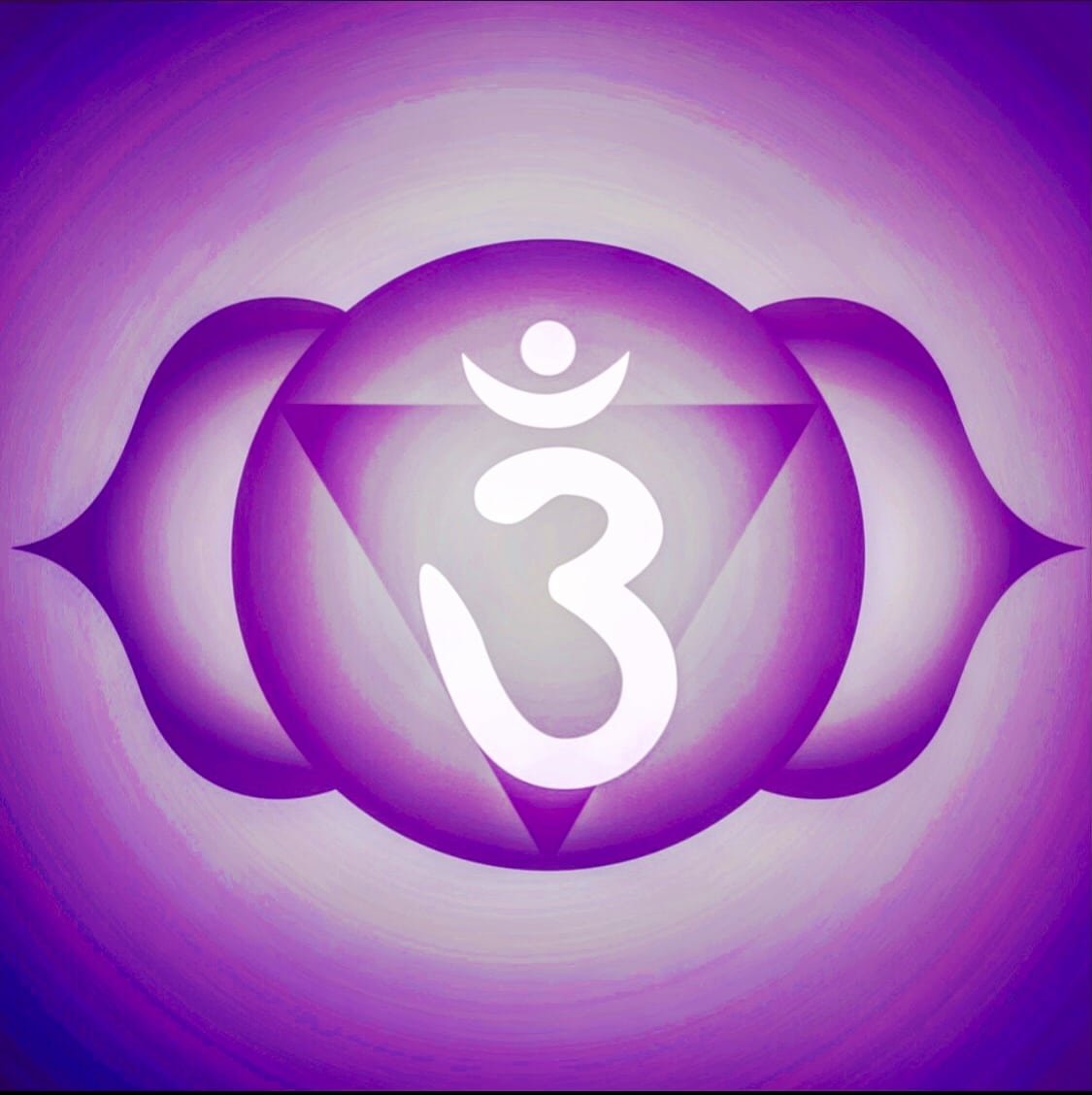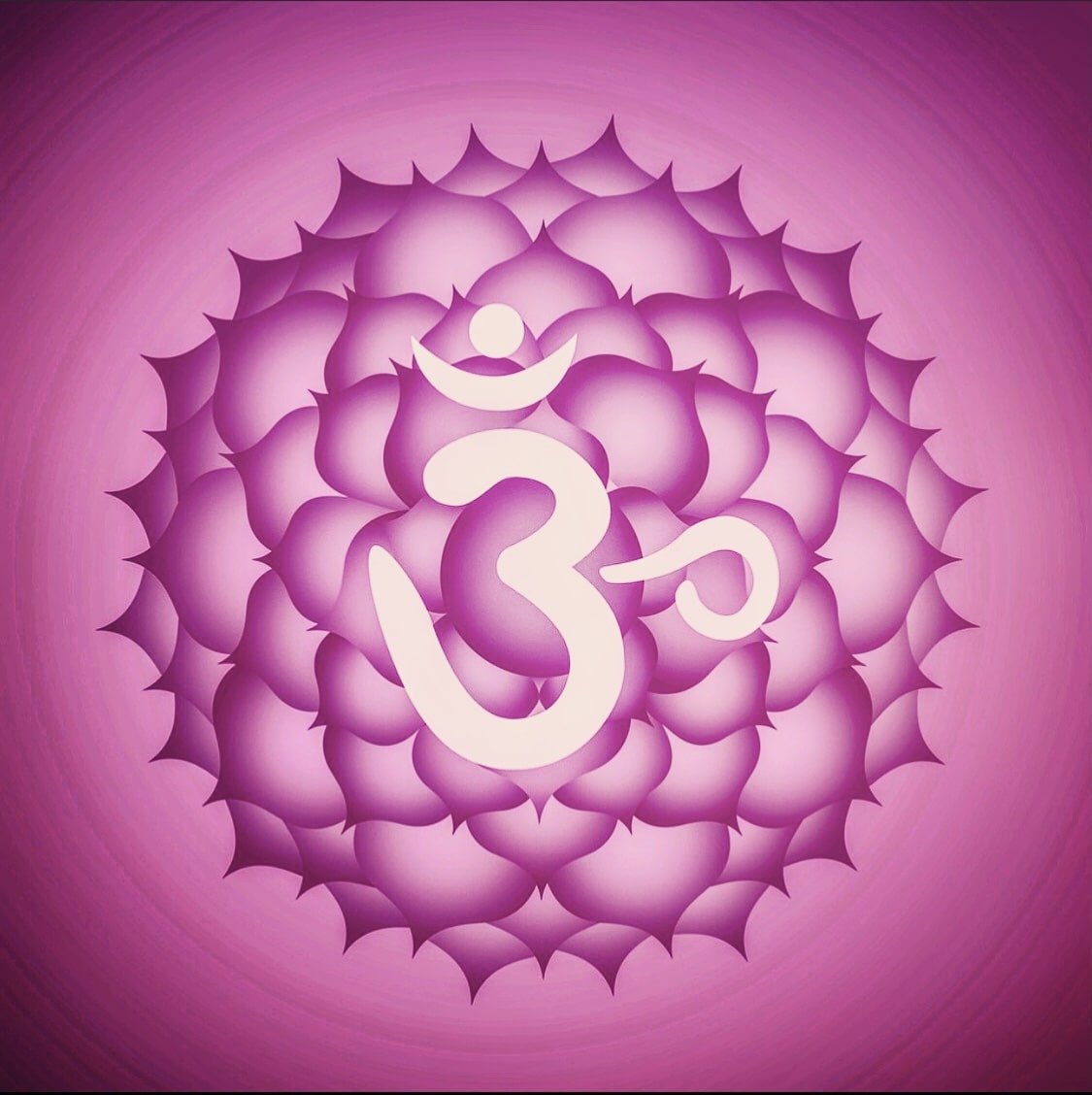
How to Choose the Right Essential Oil for Your Life’s Season
Introduction Our lives move in seasons — moments of growth, rest, change, and renewal. Just as nature shifts with the rhythm of spring, summer, autumn,

Have you ever felt like you’re stuck in a version of yourself that just doesn’t serve you anymore? Like you’re holding on to habits, thoughts, and patterns that are keeping you from becoming the person you’re meant to be? What if I told you that the key to moving forward is to let go of your current self—not in a destructive way, but in a way that allows you to rise stronger, just like a phoenix?
Let’s talk about Gohan. He’s like many of us—stuck in the same cycles, repeating the same habits, and wondering why life isn’t changing. He knows something isn’t right, but he can’t quite put his finger on it. Every time he tries to grow, he feels like he’s being pulled right back into the same routines.
Maybe you can relate. Maybe you’re stuck in a loop of behaviors and mindsets that once served you but are now holding you back. That’s the thing about our old selves—they’re not necessarily bad. In fact, they might have helped us through difficult times or even led us to success. But there comes a point when the version of yourself that got you here is no longer the version that can take you forward. It keeps you comfortable, but not fulfilled.
Musashi once said, “Think lightly of yourself and deeply of the world.” Gohan’s mistake is that he’s holding on too tightly to his current identity, believing that’s all he can be. But the truth is, in order to grow, we must be willing to let go. The habits that feel familiar but limit us, the thoughts that convince us we can’t do better, the patterns that hold us back—they all have to go.
Transformation starts with the uncomfortable truth: the person you are today isn’t the person you need to be tomorrow. And before Gohan—or any of us—can evolve, he must confront the old self and prepare to let it go.
Gohan has finally realized that he needs to change. But recognizing the need for change and actually letting go of the old self are two completely different challenges. It’s terrifying, like standing at the edge of a cliff and not knowing what’s on the other side.
Letting go of who you’ve always been isn’t easy. It’s uncomfortable. It’s painful. The habits and mindsets you’ve carried for years have become a safety net, even if they’re holding you back. But if you want to transform, you have to be willing to burn away the parts of yourself that no longer serve you.
This is where Musashi’s philosophy on detachment comes in—not just from material possessions, but from the identity we cling to. For Gohan, and for you, it means letting go of the fears, doubts, and limitations that have defined you up to this point.
The truth is, before you can become someone new, you must let the old version of you fall apart. Just like the phoenix, before it can rise, it must first burn.
Once the old self is gone, what remains? Chaos. Stillness. The feeling of being lost. Gohan has stripped away everything he thought defined him—his habits, his mindset, his old patterns. And now he’s left with nothing to hold onto.
But this emptiness is where the real transformation begins. Because in the ashes of what he once was, he finds freedom. He’s no longer confined by the expectations and limitations of his past self.
It’s tempting to rush this stage, to try and rebuild yourself as fast as possible. But true transformation requires stillness. It requires sitting in that space of uncertainty and discovering who you really are beyond the habits and labels you once clung to.
Carl Jung spoke about the Shadow—the parts of ourselves we avoid confronting. When you burn away the old self, the shadow surfaces. But instead of fearing it, this is the moment to acknowledge it, embrace it, and use it as fuel for your next steps.
Gohan realizes something important: he doesn’t need to completely reinvent himself. He doesn’t have to erase every part of who he was. Instead, he must take the best parts of himself and let go of the rest.
Now that Gohan has let go of his old self, he’s ready to rebuild. But this time, he’s doing it differently. He’s not mindlessly adding back what’s familiar—he’s intentionally creating a version of himself that aligns with his true potential.
Rebirth isn’t just about wiping the slate clean; it’s about rebuilding with purpose. Too often, people fall back into old patterns after a period of change. That’s why intention is key. If you want true transformation, you have to be deliberate about what you bring into your new life.
James Clear, in Atomic Habits, emphasizes that small, consistent changes lead to lasting transformation. Gohan starts with small but intentional shifts—waking up earlier to set his intentions for the day, cutting out distractions that no longer serve him, choosing thoughts that align with growth instead of fear.
Rebuilding isn’t about becoming someone completely different. It’s about refining who you are. It’s about making conscious choices that align with your values and your vision for the future.
And Gohan knows one more thing—this process doesn’t stop here.
Gohan has risen from the ashes. He has shed his old self, faced the stillness, and rebuilt with intention. But transformation isn’t a one-time event. Just like the phoenix is reborn again and again, growth is a continuous cycle.
Musashi understood this well. He believed mastery wasn’t a destination, but a lifelong journey of refinement. No matter how skilled he became, he never stopped learning, evolving, and shedding old versions of himself.
Gohan now understands that the version of himself he built today may serve him well for a while—but eventually, he will have to shed it, too. As life changes, so will the challenges he faces, and with those challenges, new layers of himself will need to be burned away.
This cycle of death and rebirth is essential for continuous growth. The person you are today may not be enough for the challenges you’ll face tomorrow, and that’s okay. That’s part of the process.
The key is resilience. Gohan knows he will face setbacks, failures, and moments of doubt. But now, he’s not afraid of falling apart. He understands that falling apart is just a step toward rising even stronger.
This is the Phoenix Method in action: Rise. Evolve. Rise again.
The real power lies in embracing the cycle—not just once, but over and over again throughout your life. Every time you shed an old layer, you become stronger. Every time you fall and get back up, you rise higher.
So, now it’s your turn.
What parts of your current self do you need to let go of? What needs to burn away so you can rise stronger?
Your transformation starts now. Are you ready to rise?

Introduction Our lives move in seasons — moments of growth, rest, change, and renewal. Just as nature shifts with the rhythm of spring, summer, autumn,

Imagine walking into a space that instantly soothes your spirit, calms your mind, and feels like a gentle embrace from nature itself. That’s the power

Every year, millions of people around the world lose their lives to just a handful of diseases. In fact, about 70% of all deaths are

What is the 08/08 Portal? Every year on August 8th, the powerful Lion’s Gate Portal opens — a cosmic alignment between Earth, the Sun, and

Have you ever felt disconnected from your higher self, experienced mental congestion, or found it hard to trust in your path? These may be signs

Do you sometimes feel disconnected from your intuition or experience mental fog? These may be signals that your Third Eye Chakra—also known as Ajna—is out